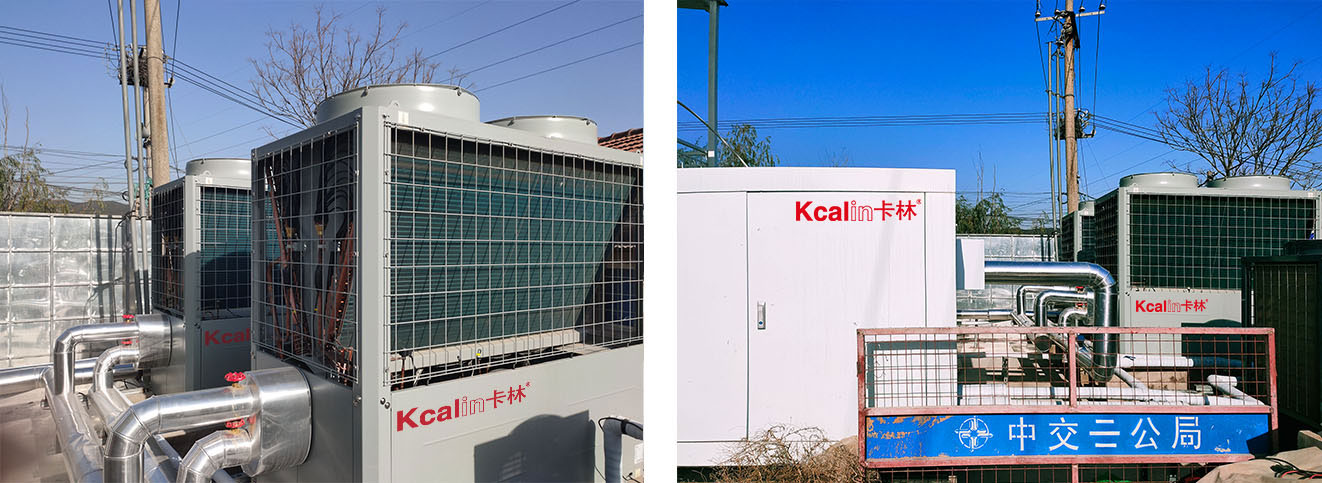With the continuous progress of technology, heat pump technology has developed rapidly in the field of energy utilization, among which air-cooled heat pumps and air source heat pumps as the new generation of heat pump technology have attracted much attention.
The basic principles of air-cooled heat pumps and air source heat pumps
The air-cooled heat pump utilizes the low-temperature heat in the air for operation, and through cyclic processes such as compression and expansion, elevates low-grade heat to high-grade heat for heating, cooling, or hot water applications. Its main working principle is to absorb, compress, and release heat from low-temperature outdoor air through heat exchangers and compressors, achieving energy conversion.
Air source heat pumps also utilize the heat in the air for energy conversion, but they focus more on adaptability to environmental temperature and humidity. Air source heat pumps include components such as evaporators, compressors, condensers, and expansion valves. They extract heat from the air through cyclic operation and release it for indoor heating or cooling after being compressed and heated.

Comparison of similarities and differences between air-cooled heat pumps and air source heat pumps
Heat pump efficiency:
Air cooled heat pump: The efficiency is slightly lower than that of air source heat pumps, mainly affected by environmental temperature.
Air source heat pump: able to maintain high efficiency even in low temperature environments.
Applicable environment:
Air cooled heat pump: suitable for areas with high temperatures and high environmental temperature requirements.
Air source heat pump: It has good adaptability to environmental temperature and a wider range of applications, including cold regions in the north.
Cooling effect:
Air cooled heat pump: With good refrigeration effect, it is suitable for places that require a large amount of refrigeration.
Air source heat pump: The cooling effect is relatively weak, making it more suitable for heating in cold regions.
Installation and maintenance costs:
Air cooled heat pump: Due to the lack of supporting facilities such as civil engineering and water sources, installation and maintenance costs are relatively low.
Air source heat pump: It is necessary to consider the installation location of the evaporator, external pipelines, etc., which may result in slightly higher installation and maintenance costs.
Environmental friendliness:
Air cooled heat pump: As it does not require additional water sources, it avoids the extraction and pollution of groundwater.
Air source heat pump: It is also an environmentally friendly energy utilization method that reduces the consumption of traditional energy.
Air cooled heat pumps are suitable for areas with warmer climates, especially in places that require a large amount of cooling in summer, such as office buildings, shopping malls, etc. Air source heat pumps are suitable for areas with colder climates and are more suitable for residential, school, hospital, and other places that require long-term heating.
As a new generation of heat pump technology, air-cooled heat pumps and air source heat pumps have advantages and applicability in energy utilization. The selection of heat pump technology should be based on actual environmental conditions, needs, and costs. With the continuous progress of technology and the promotion of applications, both types of heat pump technologies will play an important role in energy conservation, environmental protection, and improving energy utilization efficiency, contributing to the construction of a green and sustainable society.







Comment